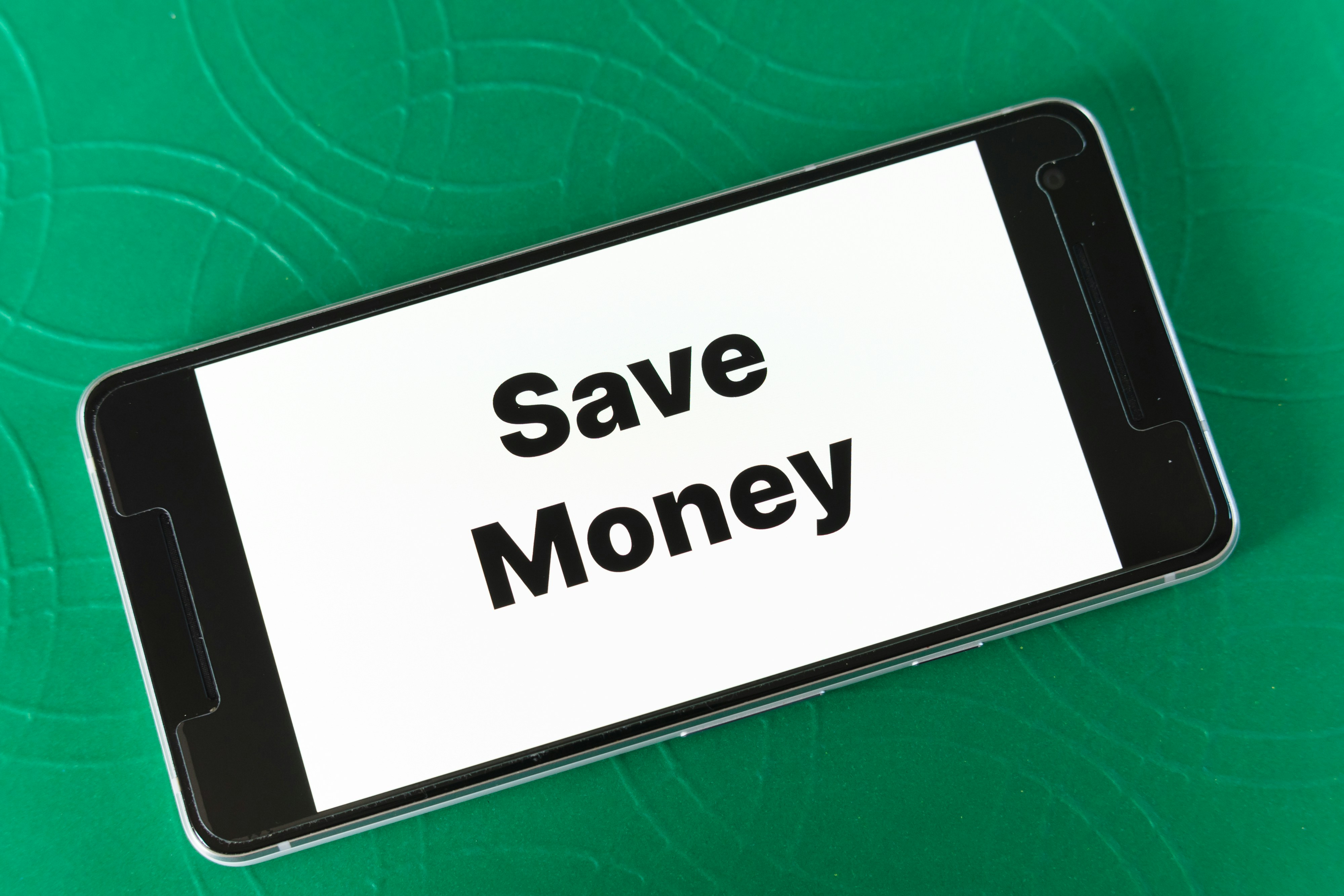Why Your Down Payment Really Matters
Buying a home is exciting, but it also comes with big financial responsibilities. One of the most important pieces of the puzzle is the down payment—the money you pay upfront when getting a mortgage. This amount, usually a percentage of the home’s price, plays a big role in shaping your homeownership journey.
How a Bigger Down Payment Helps
- Lower Monthly Payments: A larger down payment means you borrow less money. For example, if a home costs $300,000 and you put down 20% ($60,000), your loan is only $240,000. But if you only put down 3% ($9,000), you’d owe $291,000—leading to much higher monthly payments.
- Better Interest Rates: Lenders usually reward bigger down payments with lower interest rates because it shows you’re a lower risk. Lower interest rates can save you thousands of dollars over time.
- No Private Mortgage Insurance (PMI): If your down payment is less than 20%, most lenders require PMI. This is extra money added to your monthly bill. Avoiding PMI can save you hundreds—or even thousands—every year.
Think of it this way: putting more down now can make homeownership easier and more affordable in the long run.
Simple Ways to Save for a Down Payment
Saving for a down payment can feel overwhelming, but with the right strategies, it’s completely doable. Here are a few tips to help you build your savings faster.
Start with Smart Budgeting
- Use the 50/30/20 Rule: This simple rule breaks down your income: 50% for needs, 30% for wants, and 20% for savings. Use that 20% to build your down payment fund.
- Automate Your Savings: Set up automatic transfers from your checking to a separate savings account each month. You’ll stay consistent without even thinking about it.
Cut Back on Extra Spending
- Eat out less or cook at home more often.
- Cancel unused subscriptions like streaming services or magazines.
- Look for free or low-cost entertainment options in your area.
Use Tools to Track Progress
- Try budgeting apps that help you track expenses and visualize savings goals.
- Seeing your progress can keep you motivated and help you stay on track.
Set specific goals, like saving $20,000 in two years. That’s about $833 per month. Breaking it down makes it more manageable and helps you stay focused.
Help Is Out There: Financial Assistance Options
If saving for a down payment feels out of reach, don’t worry—there are many assistance programs available to help first-time buyers. These programs can offer low down payment options, grants, or special loans based on where you live or how much you earn.
Federal Programs to Explore
- FHA Loans: These government-backed loans allow down payments as low as 3.5% for those with credit scores of 580 or higher. Even those with lower scores may qualify with a larger down payment.
- USDA Loans: Designed for rural and some suburban areas, these loans often require no down payment. To qualify, your income and location must meet certain guidelines.
Local and State Support
Many states and cities offer grants or low-interest loans to help cover your down payment.
- For example, California’s CalHFA program offers second mortgages to help cover down payments for first-time buyers.
- To qualify, you usually need to meet income limits and complete a homebuyer education course.
Real-life success stories show how these programs work. A couple in Georgia received a $15,000 grant, helping them buy and fix up their first home. These programs can make a big difference when you’re starting out.
Planning for the Long Haul
Saving for a down payment is just one step. To succeed as a homeowner, you need a long-term financial plan. Here’s how to make sure you’re ready for both the purchase and everything that comes after.
Keep Your Credit Healthy
- Your credit score affects your loan rates, so check your credit report often and fix any mistakes.
- Pay bills on time and avoid taking on too much debt while saving for a home.
Plan for Ongoing Costs
- Property taxes, insurance, and maintenance all add to your monthly costs.
- Some neighborhoods have HOA fees, which can also affect your budget.
- Estimate these costs early so you’re not surprised later.
Build an Emergency Fund
It’s smart to set aside money for unexpected repairs or life events. A separate emergency fund can keep your finances safe even if something goes wrong after you buy your home.
Don’t Forget Retirement
While you’re focused on homeownership, keep contributing to your retirement savings too. A balanced financial plan should support both your short-term and long-term goals.
Get Professional Help
Working with a financial advisor can help you create a clear plan. They can guide you in saving for your down payment, estimating monthly costs, and preparing for future expenses—all while helping you stay financially stable.
Final Thoughts
Your down payment is more than just a lump sum—it’s the key to a smoother, more affordable path to owning a home. With the right savings strategy, help from assistance programs, and a smart long-term financial plan, you can reach your goal of homeownership confidently and sustainably.
















